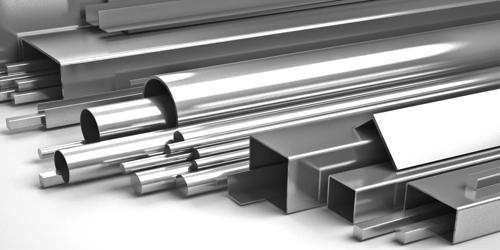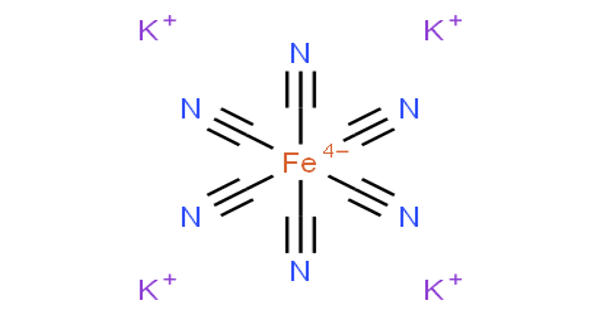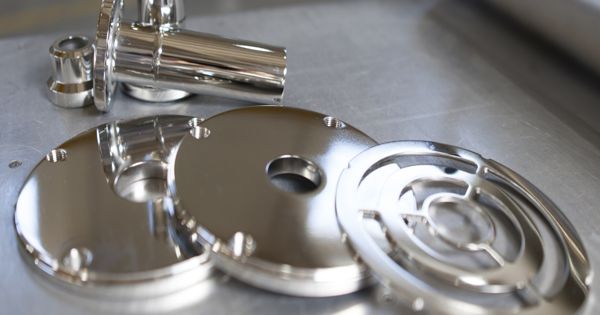Carbon steel is the almost exclusive choice of pipeline designers. Carbon steel is a steel with carbon content from about 0.05% up to 2.1% by weight. It is characterized by high carbon content, usually up to 2.1% of its weight. Two-and-a-half percent carbon may sound insignificant, but it introduces several attractive benefits that aren’t found elsewhere. The definition of carbon steel from the American Iron and Steel Institute (AISI) states:
- no minimum content is specified or required for chromium, cobalt, molybdenum, nickel, niobium, titanium, tungsten, vanadium, zirconium, or any other element to be added to obtain a desired alloying effect;
- the specified minimum for copper does not exceed 0.40%;
- or the maximum content specified for any of the following elements does not exceed the percentages noted: manganese 1.65%; silicon 0.60%; copper 0.60%.
The term carbon steel may also be used in reference to steel which is not stainless steel; in this use carbon steel may include alloy steels. High carbon steel has many different uses such as milling machines, cutting tools (such as chisels), and high strength wires. These applications require a much finer microstructure, which improves the toughness. Carbon steel, however, lacks the corrosion-resistant properties of its stainless steel counterpart. There are several advantages to choosing carbon steel over traditional steel, one of which is increased strength. The use of carbon makes iron — or steel — stronger by shuffling around its crystal latice.
Carbon Steel can be segregated into three main categories: Low carbon steel (sometimes known as mild steel); Medium carbon steel; and High carbon steel.
- Low carbon steel is also called mild steel and comes in the widest choice of shapes, everything from flat sheets to structural beams.
- Medium carbon steel is stronger than low carbon and trickier to form, weld, and cut. It’s often hardened and tempered with heat treatment.
- High carbon steel is also called carbon tool steel and is very difficult to cut, bend, and weld. When heat treated it becomes very hard and extremely brittle.
As the carbon percentage content rises, steel has the ability to become harder and stronger through heat treating; however, it becomes less ductile. Although it’s stronger and more durable than stainless steel, carbon steel may rust and corrode when exposed to moisture. It doesn’t contain chromium, however, so it may rust when exposed to moisture for long periods of time. Regardless of the heat treatment, higher carbon content reduces weldability. In carbon steels, the higher carbon content lowers the melting point.
















